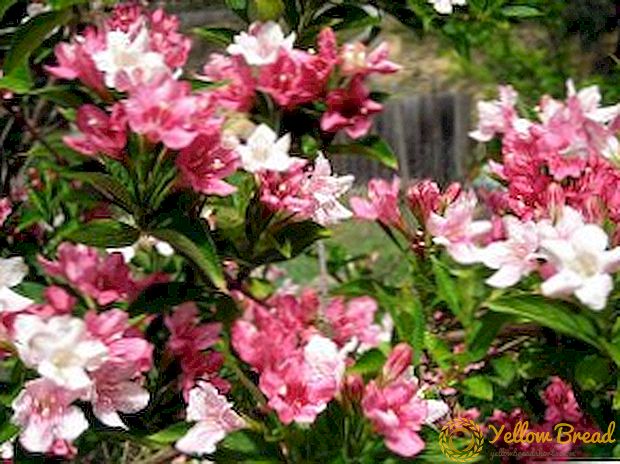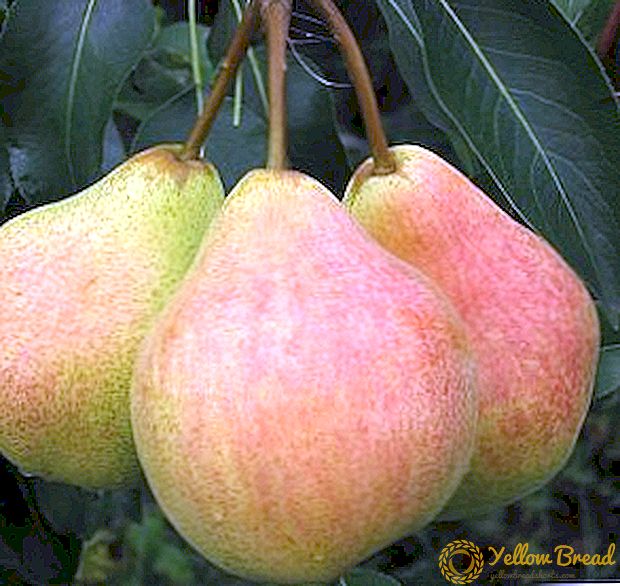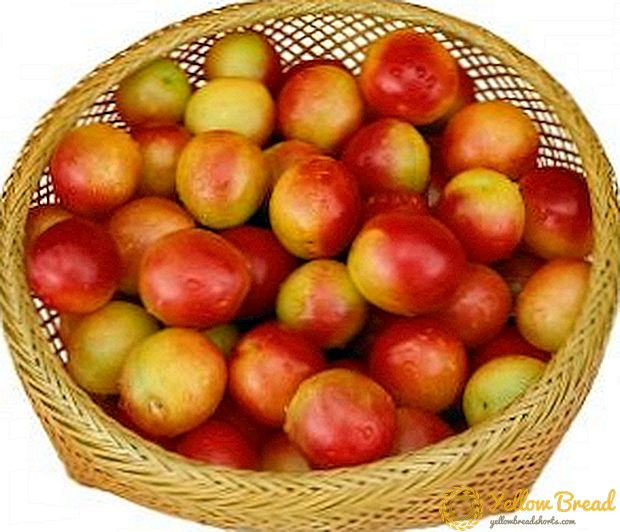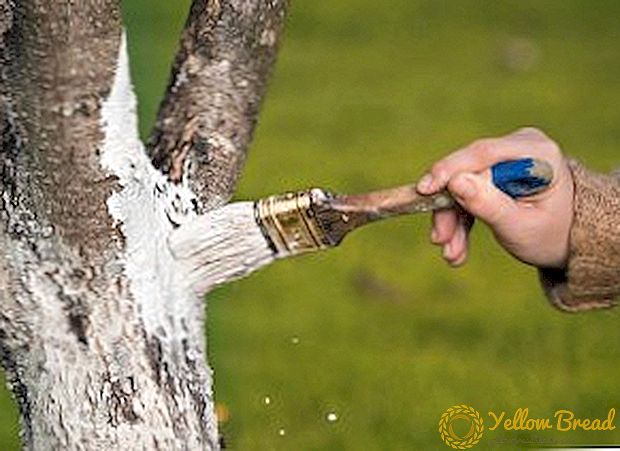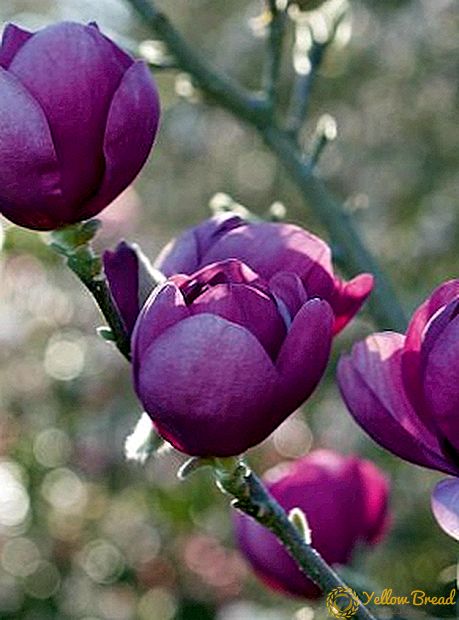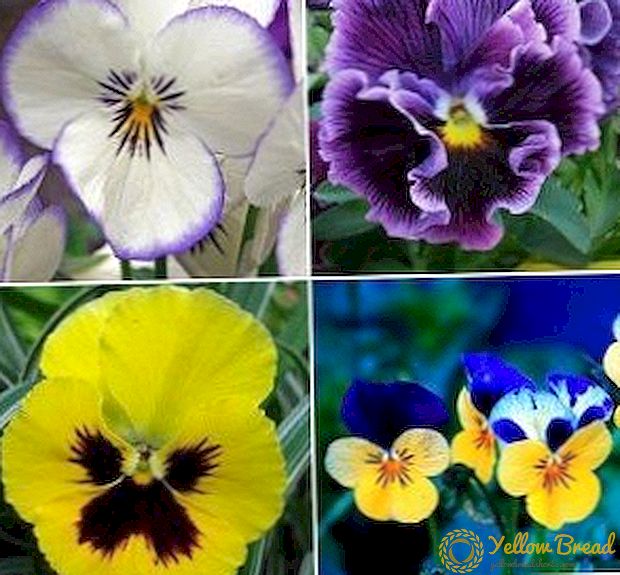 The climate of the Urals is very harsh and merciless. Cold winters, when the air temperature drops to -40 ° C, and the soil freezes through several meters deep, create certain difficulties for gardeners and summer residents who want to grow beautiful perennial flowers in spite of everything. Of course, it is possible to plant the plants again every summer or spring, but this is not always convenient. Fortunately, there are many frost-resistant perennials that will delight the eye for several years.
The climate of the Urals is very harsh and merciless. Cold winters, when the air temperature drops to -40 ° C, and the soil freezes through several meters deep, create certain difficulties for gardeners and summer residents who want to grow beautiful perennial flowers in spite of everything. Of course, it is possible to plant the plants again every summer or spring, but this is not always convenient. Fortunately, there are many frost-resistant perennials that will delight the eye for several years.
- Peculiarities of perennial care in the Urals
- Choice of colors (photos and titles)
- Spring
- Summer
- Autumn
- Shelter perennials in cold climates
Peculiarities of perennial care in the Urals
In the care of perennial plants in the Urals, there is nothing special: it includes the same items that gardeners perform around the globe. 
However, there are minor nuances:
- Watering
- Loosening
- Mulching
- Top dressing
- Pruning

Choice of colors (photos and titles)
Let us turn to the perennial flowers themselves, for which the severe frosts of the Urals do not represent a barrier: for clarity, a photo and a small description are attached to the title.
Spring
It would seem that this heat is still far away, and the snow has just begun to melt. But there are such spring flowers that make their way right from under the snow and grow on the territory of the Urals for many years.
- Lumbago or Siberian snowdrops
They come in various shades: yellow, purple, blue, white. Grow on any type of soil with other perennial plants. 
- Crocuses
Perennial bulbous flowers wintering without additional shelter. Perfectly look as in themselves, and with other flowers. 
- Kandyk Siberian (Eritronium)
It sprouts right through the snow and pleases the eye with its lilac flowers-bells. It grows in length up to 35 cm. 
- Muskar
It is an inflorescence of white, blue or purple with a large number of small bells. Looks good on curbs, small beds or alpine slides. 
- Anemone (anemone)
Habitat in nature - the Siberian steppes. It grows quickly and blooms with small white flowers.
The following types of plants bloom a little later: in the middle or at the end of spring. 
- Primrose

- Tulip
Yes, yes, tulips are also suitable for planting in the Urals. They can be planted with seeds or bulbs. Have bright, fairly large flowers and reach a height of 15-30 cm. 
- Narcissus
Bulbous plant with beautiful flowers of interesting shape. It blooms from mid-April to early May. 
- Astra alpine
It is very similar to daisies, but the color of the petals is of various shades: lilac, purple, red, etc. It usually grows more in width than in length. Blooms closer to summer, at the end of May. 
- Siberian Erantis
It belongs to the family of buttercups. It has small yellow flowers that bloom in May. 
Summer
The Ural region is not happy for a long summer. But nevertheless, no matter how long the summer lasts, during this period you want to enjoy the bright flowering and the riot of colors. Consider the perennial flowers for the climate of the Urals, blooming all summer or in some of its interval.
- Pansies
Bloom with the beginning of summer, covering the soil with small bright flowers. 
- Daisies
Garden varieties have delicate dull buds 3-8 cm in diameter, blooming in late May and before the end of summer. 
- Bearded iris
His villi, located at the bottom of the flower, really resemble a beard. It has large buds of various shades. The stem reaches a length of about 30-40 cm. 
- Lily Kinky
A bulbous plant, growing in length up to 30 cm. The flowers have an unusual shape, resembling a Turkish headdress, and come in white or pink shades. 
- Lily Pennsylvanian
Unlike the previous lily, it grows in length up to 120 cm. It blooms in June or July with flowers of red and orange hues, resembling a cup in shape. 
- Panicle hydrangea
It is known that hydrangeas are not resistant to cold, but this particular type is suitable for almost any conditions.It blooms with white or pale pink flowers with four petals. It has the appearance of a shrub or small tree. 
- Climbing Rose
Climbing plant whose shoots grow to a length of 5 meters. It has rich green stems and leaves, on which small double flowers bloom in the first half of summer. 
Autumn
In the autumn, when the greenery and bright colors become less and less every day, I want to dilute this monotony with something.
- Chrysanthemum
It will be a wonderful decoration on your flower bed. Lush bushes of chrysanthemums reach 110 cm in height, and the inflorescences come in a wide variety of shades. In addition, the flowers themselves are large, reaching 10 cm in diameter, and there can be up to one hundred buds on one bush. 
- Rudbeckia
The bushes of this plant are even higher and reach 250 cm.Like chrysanthemum, has large 10-centimeter flowers of various shades. 
- Doronicum
It has long stems, but the plant itself is not very tall. Autumn blooms baskets with small yellow flowers. 
- Korean chrysanthemum
The bush of Korean chrysanthemum grows very well, its inflorescences are white, orange, lilac, red and other shades. 
- Marigold
They have a low stem with dark-orange flowers and burgundy splashes. They will be a great addition to your garden composition. 
Shelter perennials in cold climates
Many perennial flowers, for which the peculiar climate of the Urals does not pose a threat, do not require careful preparation for the winter period. Usually such frost-resistant plants are simply cut off at the root, lay a protective mat out of the compost or cover with a film.
But there are a number of plants that should be given more attention. These include roses, chrysanthemums, hydrangeas.
Shelter is carried out in two stages:
- Preparations before the shelter. Roses and chrysanthemums must be cut. Roses up to 30-35 cm, and chrysanthemums up to 15-20 cm. Climbing roses are removed from the support and placed on the ground.If there are hydrangeas in the garden, they should be tied up with a string. All damaged or diseased parts of the plant are removed, including flowering inflorescences.
- Shelter protective material. First, the plant is spud leaves, sawdust, peat, or something else. And after that, finally, harbor.

There are several ways to hide:
- The plant is covered with agrofibre or spunbond, and after that a wire frame is placed above it. It is placed in such a way that a distance of 20-25 cm remains on the sides and top. The frame itself is also covered. The remaining space inside the frame is filled with dry leaves. It is recommended to use oak leaves, as they do not rot and have antiseptic properties.
- She is covered with spruce leaves, covered with dry leaves from above and something is covered up with something. You can use a cardboard box, a plastic bucket or a spunbond for this purpose.

